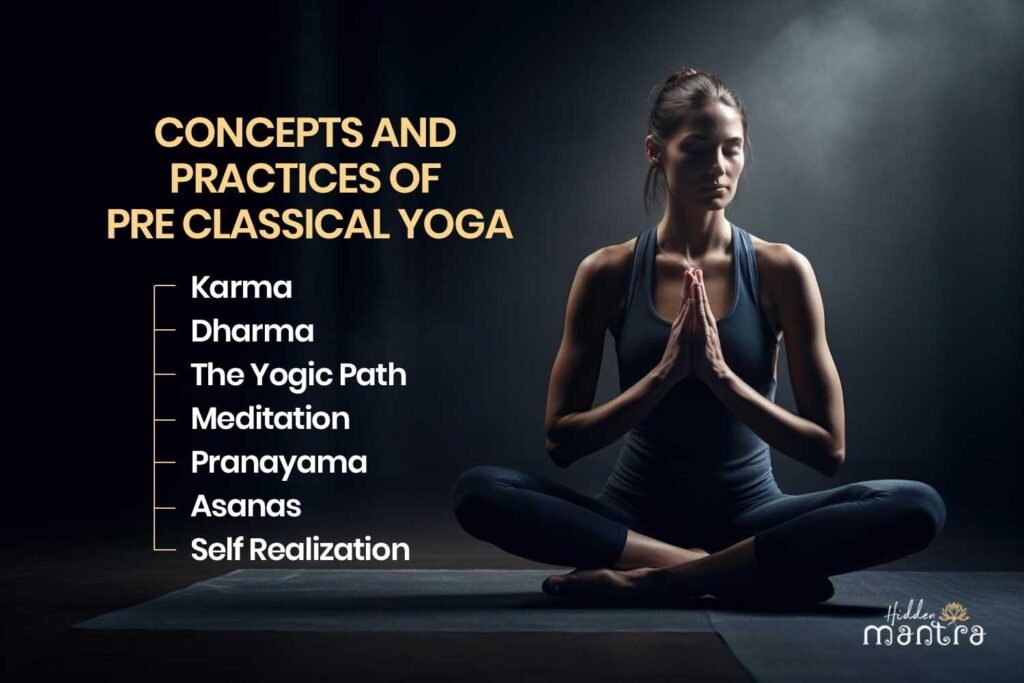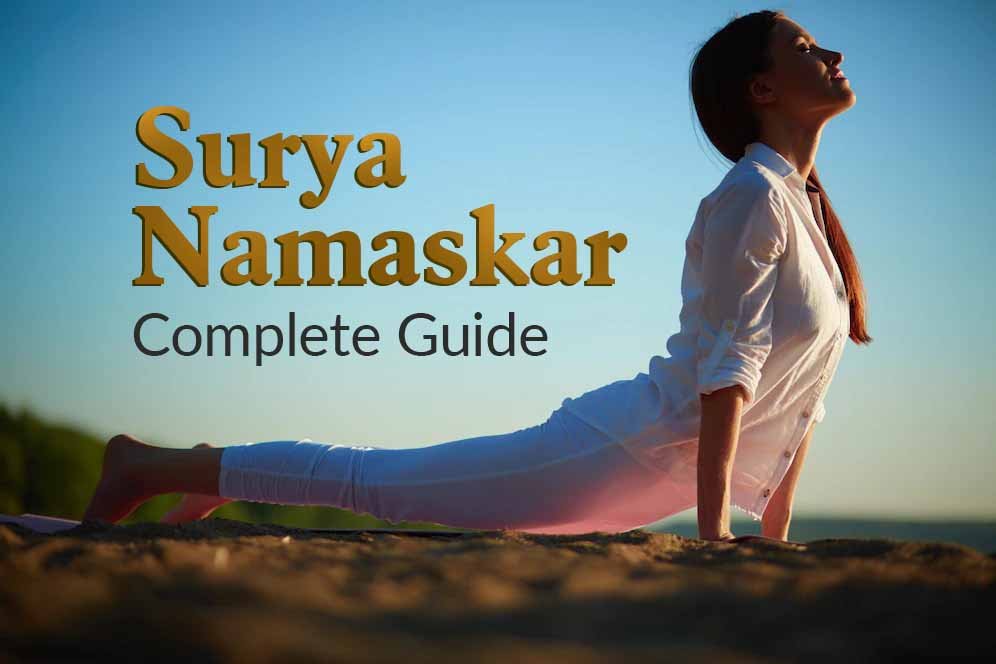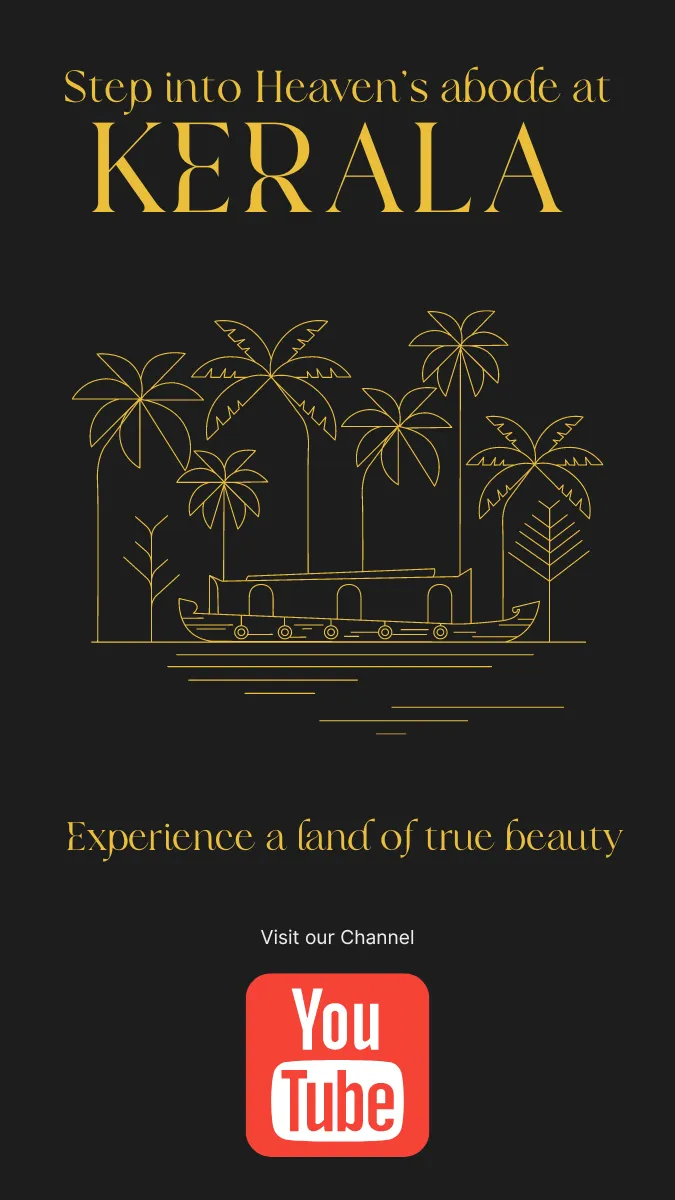What Is Pre-classical Yoga?
Pre-classical yoga refers to the early stages of yoga’s development, which took place in ancient India, before the classical period of yoga that began around 500 BCE. This period is sometimes referred to as the Vedic period, which lasted from about 1500 BCE to 500 BCE. During this time, the earliest forms of yoga practice were developed and refined.
Pre-classical yoga was influenced by the Vedas, which are the oldest scriptures of Hinduism. The Vedas contain hymns, mantras, and rituals, which were practiced by the ancient Indians. The practice of yoga was initially focused on ritualistic practices, but over time it became more individualized and spiritual.
The pre-classical period of yoga saw the development of key concepts such as karma, dharma, and the yogic path. It also saw the emergence of key practices such as meditation, pranayama (breathing exercises), and asanas (postures). These practices were designed to help individuals achieve self-realization and to connect with the divine.
Some of the most important texts from the pre-classical period of yoga include the Upanishads and the Bhagavad Gita, which continue to be studied and revered by yogis around the world. While pre-classical yoga is often overshadowed by the classical period and later developments, it laid the foundation for the spiritual practice of yoga that continues to this day.
Concepts and Practices of Pre Classical Yoga

The pre-classical period of yoga saw the development of several key concepts and practices that continue to be important in modern yoga. Here are some of the most important ones:
- Karma
- Dharma
- The Yogic Path
- Meditation
- Pranayama
- Asanas
- Self Realization
Karma
The concept of karma, or the law of cause and effect, is a central idea in pre-classical yoga. It is the idea that every action we take has consequences, and that these consequences affect our lives, both in this life and in future lives.
Dharma
Dharma refers to one’s personal duty or path in life. In pre-classical yoga, it was believed that each person had a unique dharma that they were meant to follow in order to achieve their full potential and to contribute to the greater good.
The Yogic Path
The yogic path is the path of self-realization and spiritual development. It involves a combination of practices such as meditation, pranayama, and asanas, as well as adherence to ethical principles such as non-violence and truthfulness.
Meditation
Meditation was a key practice in pre-classical yoga. It was seen as a way to quiet the mind and connect with the divine. Different forms of meditation were developed, including mantra meditation, visualization, and breath awareness.
Pranayama
Pranayama refers to breathing exercises that are designed to regulate the breath and calm the mind. It was seen as a way to prepare the body and mind for meditation, and to help individuals achieve a state of balance and harmony.
Asanas
Asanas are physical postures that are designed to promote physical health and flexibility, as well as to prepare the body for meditation. In pre-classical yoga, there were fewer postures than in modern yoga, and they were often held for longer periods of time.
Self-realization
Self-realization is the ultimate goal of yoga. It is the state of being in which one has achieved union with the divine and has transcended the limitations of the ego and the material world.
These concepts and practices laid the foundation for the development of classical yoga, and continue to be important in modern yoga. By understanding the roots of yoga in pre-classical times, we can deepen our understanding and appreciation of the practice, and connect more fully with its spiritual and philosophical dimensions.
Difference Between Classical and Pre-classical Yoga
Preclassical yoga, in ancient times, involved diverse, experimental spiritual practices with no strict rules. Classical yoga, emerging around 200 BCE to 200 CE, introduced a structured system through Patanjali’s Yoga Sutras, outlining an eight-step path that emphasized specific ethical, physical, and meditative practices.
Preclassical Yoga
Time: A really long time ago.
What: Early yoga experiments with no strict rules.
Why: People exploring meditation and spiritual stuff.
How: Lots of different ways to do yoga.
Time: A bit more recent (200 BCE to 200 CE).
What: Yoga gets organized with specific steps.
Why: To have a clear path to follow for a disciplined life.
How: Follow eight clear steps, like being good, doing poses, and meditating.
Conclusion
Pre-classical yoga developed key concepts such as karma, dharma, and the yogic path, and practices like meditation, pranayama, and asanas. Understanding its origins is important for a deeper appreciation of modern yoga. Readers are encouraged to explore pre-classical teachings and practices for a more transformative yoga experience.
At Hidden Mantra, we are committed to promoting the practice of yoga as a transformative tool for personal growth. We encourage readers to explore pre-classical yoga teachings and practices and to bring this ancient wisdom into their own yoga practice.
👉Read: Classical Yoga
👉Read: Yamas: The Moral Foundations of Yoga
👉Read: Niyamas of Yoga
👉Read: Best Inspirational and Peaceful Yoga Quotes











